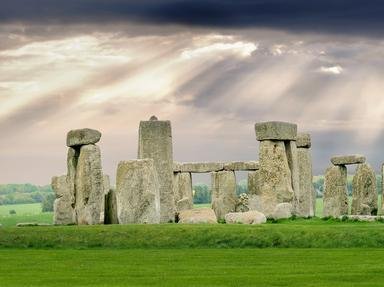Quiz Answer Key and Fun Facts
1. Signal Hill has been an important military defensive site due to its location overlooking the Narrows, which is the only entrance to the harbour of what city?
2. What is the name of the highest point on Signal Hill, with a height of 167 metres (548 feet)?
3. In 1762, the Battle of Signal Hill was the final major battle of the Seven Years' War to be fought in North America. What nation's forces were victorious?
4. In 1898, construction began on Cabot Tower, located on top of Signal Hill, as a celebration of Queen Victoria's Diamond Jubilee, and in commemoration of John Cabot's first landing 400 years earlier. Why was its construction controversial?
5. On 12 December 1901 Guglielmo Marconi was involved in what historic event that took place on Signal Hill?
6. During World War II, Signal Hill was used by the United States for which defensive purpose?
7. What is the name of the neighbourhood at the foot of Signal Hill which has suffered frequent, albeit usually minor, damage from landslides and avalanches?
8. What is the name of the university that established a campus on the lower part of Signal Hill in 2018?
9. Which of these is the most common reason visitors go to the Johnson Geo Centre on Signal Hill?
10. In 1951, Signal Hill was one of the first three sites in the province of Newfoundland and Labrador to be designated a National Historic Site.
Source: Author
looney_tunes
This quiz was reviewed by FunTrivia editor
stedman before going online.
Any errors found in FunTrivia content are routinely corrected through our feedback system.
